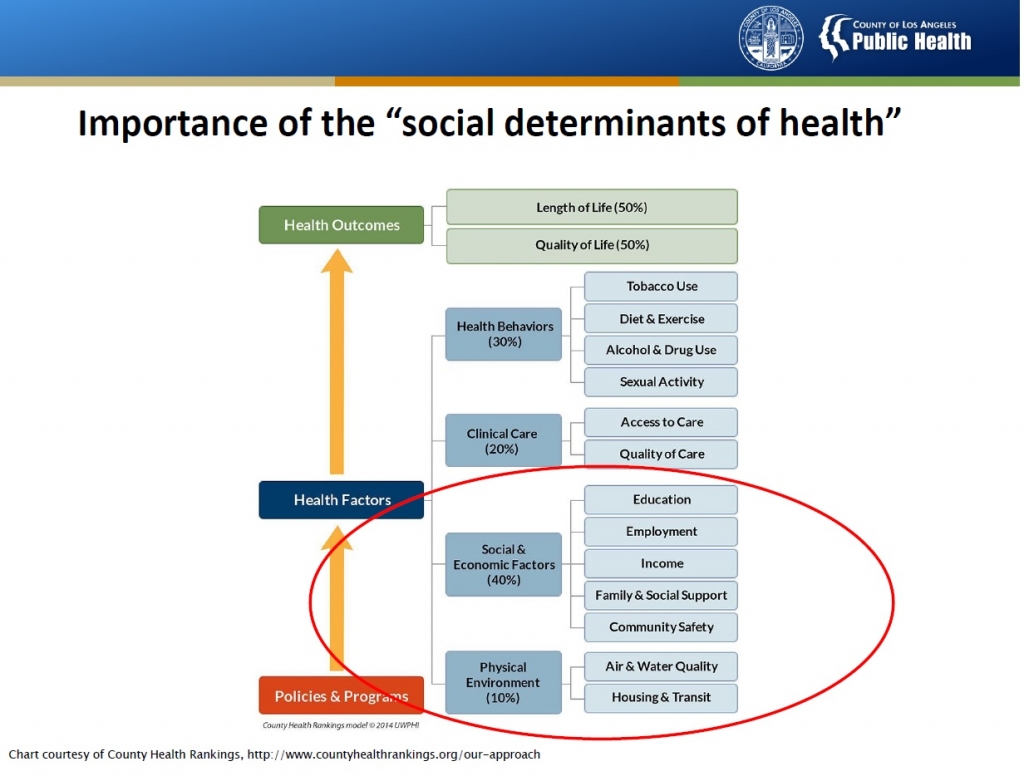California is a national and international climate action leader. In 2015, the state further charted its course towards an 80% reduction in greenhouse gas emissions by 2050. The state is pursuing a series of reforms to transportation planning in order to hit that long-term target.
However, California is also on the leading edges of impacts from climate change. Drought has fundamentally changed a state that has so long depended on imported water and being America’s fruit, vegetable, and nut basket. As public health becomes a national focus, local agencies must respond by incorporating elements of health in their planning and design.
Our three Arrowhead Symposium panelists discussed aspects of water, transit access, and public health reminding us of our civic responsibility as planners and architects of the built environment.
Mark Gold spoke of the importance of water policy, reminding us, that “we are currently experiencing the biggest drought California has had in over 800 years.”
Steven Cliff, spoke of how Caltrans has sought out to better incorporate health into their transit decisions reducing emissions and collaborating with planners, designers environmentalists, state and local offices, natural resources board, department of public health, and the community on their Sustainable Corridor Implementation.
Lastly, Jean Armbruster, reminded us that, “health is largely driven by what happens outside of the doctor’s office. Fifty-percent of our health outcomes are related to the environment we live in.” This means that the decisions our government makes have a great influence on the health of our citizens.

